How American education is not the only way
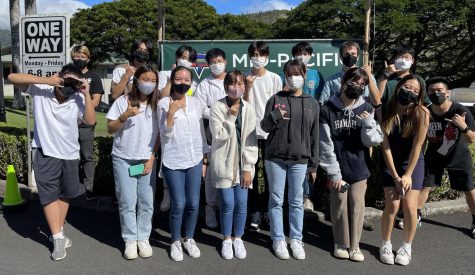
Mid-Pacific international students standing together in front of the International Education Week banner in November 2021.
Dozens of flags with colors from around the globe waved in the wind in front of Mid-Pacific as they greeted students on a Monday morning in November.
During the week of Nov. 15-19, Mid-Pacific celebrated International Education Week in recognition of the international population at Mid-Pacific. The international population is an important part of what makes Mid-Pacific unique because most students in Mid-Pacific have an international background. 60 of them are from another country that came to the U.S. for their international education.
Should students try to be a part of the international population in other countries? My answer to that question, as an international student myself, is an absolute yes.
According to the data from Institute of International Education, 162,633 U.S. students studied abroad for academic credit in the academic year of 2019-2020. Data from the National Center for Education Statistics shows that only 0.8% of total U.S. students studied internationally to earn their educational degrees
American students lack the experience of studying abroad. As of Dec. 6, 2021, eight out of 197 Mid-Pacific seniors in the class of 2022 applied to schools abroad in addition to schools within the U.S.; the number would increase as the international schools’ deadlines approach, according to Derrick Kang, director of college counseling. The number of international matriculants, people who enrolled in the international university or college, are 10 in the Class of 2020, and 11 in the Class of 2021.
Studying internationally is an effective way to enhance your educational achievement; it allows students to become adventurous, accepting and resilient learners.
When I came to America, I was 12 years old. My parents were not fluent in English, thus all of the processes of studying abroad was on my own. I suddenly needed to speak fluently in my third language. I switched to eating McDonald’s for breakfast from proper Chinese breakfast shops, even in the best Chinese restaurant in Hawaii, they cannot produce proper food as simple as the rice noodle roll).
The first and most important thing students should consider when studying abroad are the programs. Different countries have unique forms of education with various areas of interest because they receive and use their resources (namely fundings, facilities and industrial connections) differently. Some countries have better art education, some have better STEM studies and some have better Literature studies. Of course, all of them have excellent programs in the primary languages of that country.
Studying internationally forces students to step out of their comfort zone because it gives students wild experiences that allow them to take risks. Learners will encounter situations where they must adapt to the new culture or solve problems without help from family members. Therefore, the unfamiliar environment teaches students how to be brave.
Getting to another country alone, for example, students would need to speak the language that might not make sense to others; students would need to ask strangers who speak another language for help; students would need to fly on airplanes without families. Also, I spent two Christmases on airplanes on my way to China.
Kate Blackburn, assistant director of international enrollment, who studied in Chile and lived and worked in China, said studying abroad developed key skills of her personality.
“It is the right kind of risk to take,” said Blackburn.
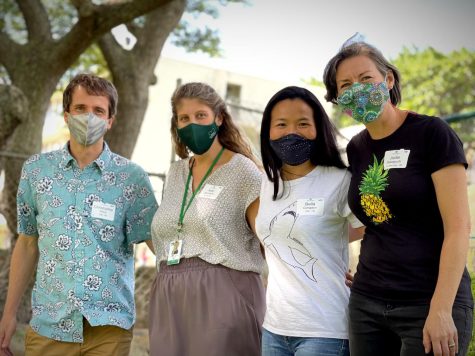
Senior Jaclyn Nafarrete, who is going to study in Spain, said studying abroad allows students to know that change is not always a bad thing.
Learning abroad gives students the opportunities to approach the same problems they’d encounter in the U.S., but with different perspectives. I’ve noticed a lot of students have trouble getting used to things being different around them. These things can be as simple as class schedule change.
Studying abroad also widens the horizon of students. They’re given the opportunity to taste different types of food. They experience different challenges and different paths to reach solutions. They get along with different cultures, accepting multiple perspectives and allow American students to realize that there are other ways around issues.
“American isn’t the only way,” Nafarrete said.
Jodie Sakaguchi, who has studied and taught in Japan, told students that culture shock is a real thing in the International Education week chapel video.
Learners in foreign environments experience different languages, people and culture. After a short period of euphoria, students start to experience culture shock — an altered mental state experienced by someone who is suddenly subjected to an unfamiliar environment. Small things like climate can cause these disoriented feelings in people. Students in such environments strengthen their ability to handle pressures from being independent.
Therefore, they need to just “hang in there.”
Sakaguchi gives tips to students who want to study abroad.
“If you want to be a part of the international population who will be the risk-taking, open-minded and tough learners, “just do it,” said Sakaguchi.

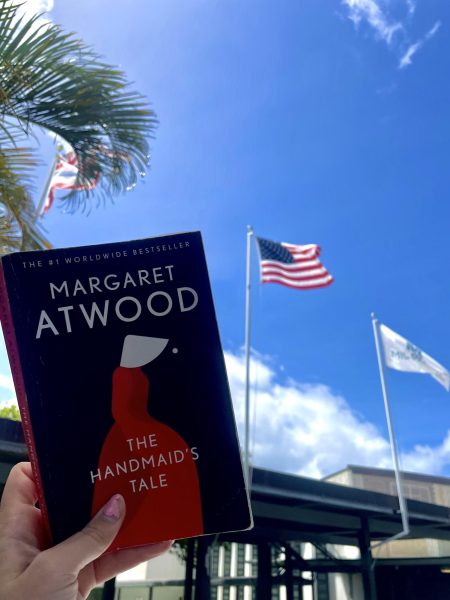
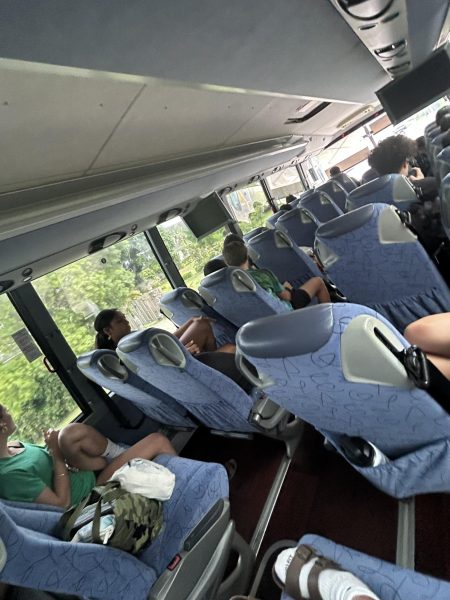

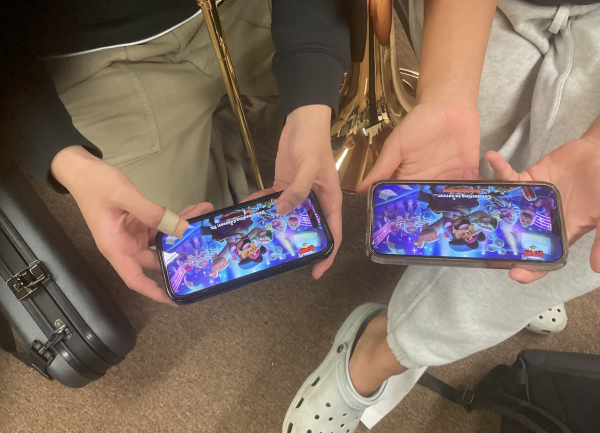

Robert Black • Mar 6, 2022 at 12:06 pm
That is a fantastic story. Love and support.